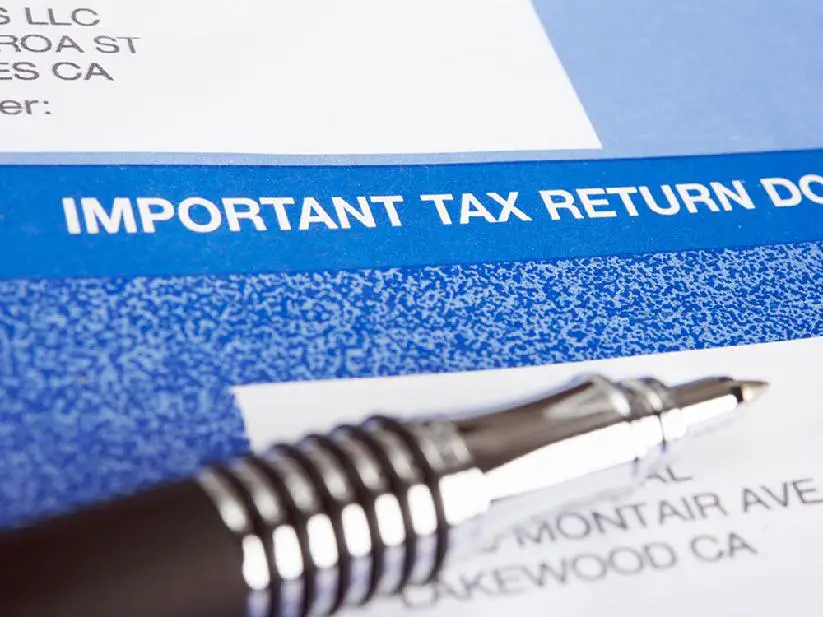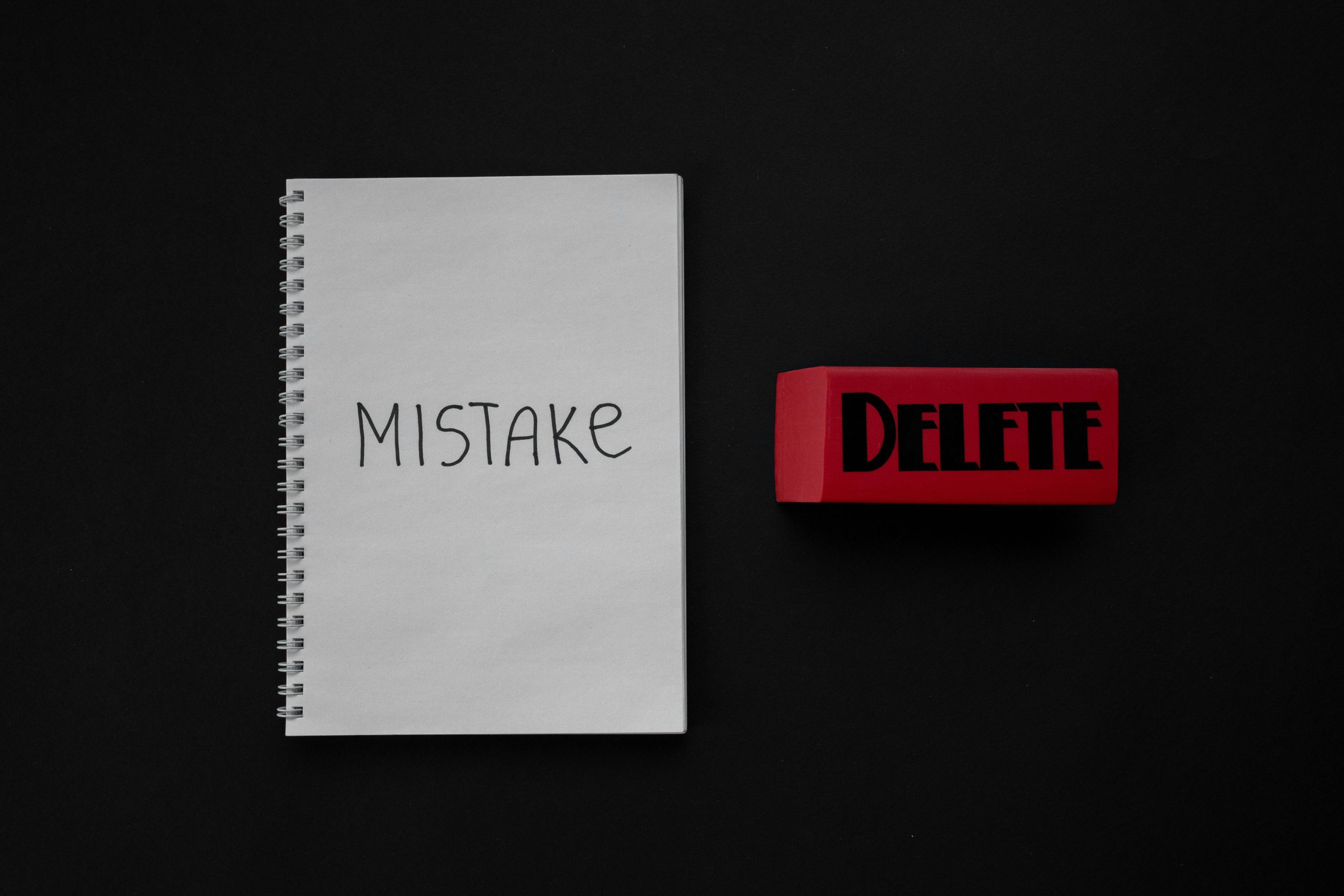Form 5498: What It Is and How to Use It
Published:
Key Takeaways
- Use It For Your IRA, Not Your Taxes: Form 5498 reports contributions, rollovers, and fair market values of Individual Retirement Accounts (IRAs). It’s mainly for record-keeping, and as such you don’t file it with your tax return. It doesn’t mean it’s unimportant, however!
- Arrives Later Than Most Tax Forms: Unlike W-2s or 1099s, which are due by January 31, financial institutions send out Form 5498 by May 31 since IRA contributions for the previous tax year can be made up until Tax Day (usually April 15). Don’t panic when you see it in the mail! Again, this Form is not filed with the rest of your tax return.
- It Tracks Different Types of Contributions: The form covers traditional IRAs, Roth IRAs, SEP IRAs, and SIMPLE IRAs, Plus, it doesn’t cover just regular contributions but also rollovers, conversions, and recharacterizations. It’s a pretty versatile form, even if it’s just for record keeping.
- It Helps Confirm Your Tax Deductions: If you made deductible contributions to a traditional IRA, Form 5498 helps you confirm how much you can deduct on your tax return. But for Roth IRA contributions, it's just for reference since they aren’t tax-deductible (it’s still a good thing to keep the information handy).
- The IRS Gets a Copy Too: Your financial institution sends Form 5498 to both you and the IRS. It’s likely that the IRS will process it even before you lay eyes on you, but if there's a mistake, you'll want to correct it before the IRS assumes the information is accurate.
Sometimes, IRS Forms can get so specialized and specific that it gets a little overwhelming dealing with them, right? Well, there are a few of them that are refreshing in their simplicity: Enter Form 5498, which is a tool for record-keeping about all of the information regarding your retirement investments in the previous tax year. Don’t go thinking that’s not valuable, either!
Tax Form 5498 is used to report contributions on IRAs, which include traditional and Roth, as well as Savings Incentive Match Plan for Employees (SIMPLE) and Simplified Employee Pension (SEP).
Many people are under the impression that they need Tax Form 5498 in order to file their final return. This tax form is for informational purposes only, and is not to be sent to the IRS along with your tax return. IRS regulations state that these tax forms must be sent to contributors by no later than May 31st of the next year. For this reason, most people have already filed their final return.
Even though you do not need to send Tax Form 5498 to the IRS along with your return, it is important that you keep this information for your records. Along with this, you should make sure that your contribution matches the amount in Box 1.
If you believe there is an error, get in touch with your plan administrator as soon as possible. An inaccurate recording could lead to many issues, including lost money and taking the wrong tax deduction.

IRS Tax Form 5498 (IRA Contribution Information)
There is a chance that the contributions on Tax Form 5498 will be different than those found on your quarterly or annual statement. The reason for this is simple: This tax form includes all contributions for the previous tax year, as well as those made through April 15 of the current year. It is important that you are comparing the right numbers when determining if your records match what is included on Tax Form 5498.
Just because Tax Form 5498 is only for informational purposes does not mean you should ignore it. Instead, when you receive one of these tax forms, make sure you double check the information and then file it away for future use.
IRAs
For IRAs, earnings and contributions may grow tax-deferred, but distributions are fully taxable. If withdrawals are made after the age of 59½, they are free of penalties. If you have an IRA, you must begin making withdrawals by April 1st of the following year after you turn age 70½ ? you must also pay taxes on these distributions.
Roth IRAs
For Roth IRAs however, there are no minimum distributions. You may also make tax-free withdrawals from Roth accounts that have been owned for at least five years, if you are at least 59½ years old.
Converting to a Roth IRA
One of the most popular 2010 tax strategies is the traditional IRA to Roth IRA conversion. This is a tax strategy that thousands upon thousands of taxpayers are taking full advantage of. The reason that 2010 is the time to make this move is simple: there are no income limitations. Along with this, the IRS is allowing you to defer tax on the conversion until 2011 and 2012. This helps to spread out your tax liability, which makes it an appealing tax strategy.
One of the best ways to keep your investment earnings from falling into the hands of the IRS is to make investments through a retirement account, such as an IRA. Contributions to these accounts are often fully tax-deductible, though there may be penalties for withdrawing funds before you reach retirement age. Before making an investment in an IRA, keep in mind that if you or your spouse also has a 401(k) account, your IRA contributions may not be fully tax-deductible.

Everything Included on Form 5498
1. IRA Ownership and Type
Form 5498 includes details about both you and the financial institution managing your IRA, such as your name, address, and federal ID number. It also tells the IRS what kind of IRA you have—Traditional, Roth, SEP, or SIMPLE—which is marked in Box 7 of the form.
2. Contributions
All IRA contributions for the year are added up and recorded in Box 1, no matter what type of IRA you have. However, Roth contributions go specifically in Box 10, SEP IRA contributions in Box 8, and SIMPLE IRA contributions in Box 9.
If you have a deemed IRA (which is treated like a regular IRA), it will be classified as either Traditional or Roth.
3. Rollovers
If you rolled over money from another retirement account into your IRA, it gets reported in Box 2. Rollovers are a way to transfer funds between retirement accounts, but keep in mind that you can only do one rollover per year per IRA—though there’s no limit on the amount of money you can roll over.
If you claim a deduction on your tax return that doesn’t match what’s on Form 5498, expect a letter from the IRS asking about the difference. If the IRS finds you underpaid, they might charge additional taxes, interest, and penalties.
4. Roth IRA Conversions and Recharacterizations
If you converted a Traditional IRA to a Roth IRA, that amount will show up in Box 3. The amount you convert doesn’t count toward your annual IRA contribution limit, so you can still contribute separately to an IRA even after a conversion.
Since 2018, recharacterizations (switching a Roth IRA contribution to a Traditional IRA contribution) are no longer allowed. However, you can still convert a Traditional IRA into a Roth IRA.
To convert your traditional IRA to a Roth, just tell your financial institution to transfer the funds (including earnings) to a Roth IRA. If a recharacterization does take place, it’ll show up in Box 4 of Form 5498.
5. Required Minimum Distributions (RMDs)
If you’re 73 or older (born between 1951 and 1959) or 75 or older (born in 1960 or later), you’re required to take minimum withdrawals from your IRA every year. This also applies to inherited IRAs if the beneficiary is a spouse or a minor child who chooses not to roll over the funds or withdraw them within five years.
Your required withdrawal amount is based on your age and the value of your IRA as of December 31 of the previous year. This amount is recorded in Box 5 of Form 5498.
Box 11 on the form indicates whether you need to take an RMD for the current year (for example, a 2023 form will note if you have an RMD due in 2024). The amount you need to withdraw is listed in Box 12b, and the deadline for withdrawing it is in Box 12a.
To help make sure you take your RMD on time, financial institutions are required to send Form 5498 by January 31, showing your account’s value as of December 31 of the previous year.
IRA Taxable Distributions
If you withdrew more than $10 from your IRA, you’ll also receive Form 1099-R, which reports distributions from retirement plans, pensions, and annuities. This form helps you figure out how much of your withdrawal is taxable so you can report it correctly on your tax return.
The Final Word on Form 5498
While some topics and material surrounding federal taxes can sometimes get a little esoteric, Form 5498 has a what-you-see-is-what-you-get quality. It’s an informative document that you can use for accurate record-keeping—no more, no less.
Since it contains information about your IRA contributions, rollovers, Roth conversions and RMDs, it doesn’t have to be filed with your tax return, but don’t just throw it in the bin! Keep it with your other tax records and make sure all the info is accurate. You know, just in case.

About IRS Form 5498: FAQ
1. What is IRS Form 5498 used for?
Form 5498 reports IRA contributions, rollovers, conversions, and year-end values. It’s mainly for informational purposes and helps both you and the IRS track retirement account activity, so it’s not “used” so much as it’s a method of record-keeping. You do not file it alongside other Forms in your tax return.
2. Do I need to include Form 5498 when I file my taxes?
Not at all, the Form is not required for filing your tax return. It’s mainly for record-keeping, but you should keep it in case you need to verify contributions or rollovers later. If you’ve read any article on our site, you know we’re the biggest proponents of keeping complete, clear records when dealing with anything IRS-related.
3. Why do I get Form 5498 so late in the year?
Since you can contribute to an IRA until Tax Day for the previous year, financial institutions need extra time to include all eligible contributions. And, since this is not a Form that you need to file anyway, they can afford the wait. That’s why they send Form 5498 by May 31.
4. What should I do if there’s an error on my Form 5498?
If you spot a mistake, contact your IRA custodian (bank, brokerage, or financial institution) right away. They can correct the error and issue a revised form. Otherwise, the IRS might catch wind of it as well, but they’ll assume the information is accurate if you say nothing about it, which can create problems down the line.
5. Does Form 5498 affect my tax refund?
It can, but not directly, and only under specific circumstances. For example, if you made a traditional IRA contribution, you may qualify for a tax deduction, which could lower your taxable income and increase your refund.
6. What happens if I roll over or convert an IRA?
Form 5498 will show the amount rolled over or converted, but keep in mind that rollovers from a traditional IRA to a Roth IRA (called “Roth conversions”) are taxable events, so be careful about when you choose to do that. Also, make sure you report them correctly on your tax return.
7. Why is there a check in box 11 of my Form 5498?
That checkbox is there to notify you that you must take an RMD after you reach 70½ years of age. The federal government requires you to take minimum distributions from your account (TIAA-CREF Traditional, Rollover or SEP IRA) if you were 70½ years or older in the previous tax year.
8. Why didn’t I get an IRS Form 5498 this year?
If you have a traditional IRA, SEP-IRA, Simple IRA, Roth IRA account, but did not have any contributions, rollovers, conversions, or recharacterizations during the previous tax year, you will not get an IRS Form 5498 since there’s no changes to log. The IRS will still receive information about the fair market value of those accounts, however.



